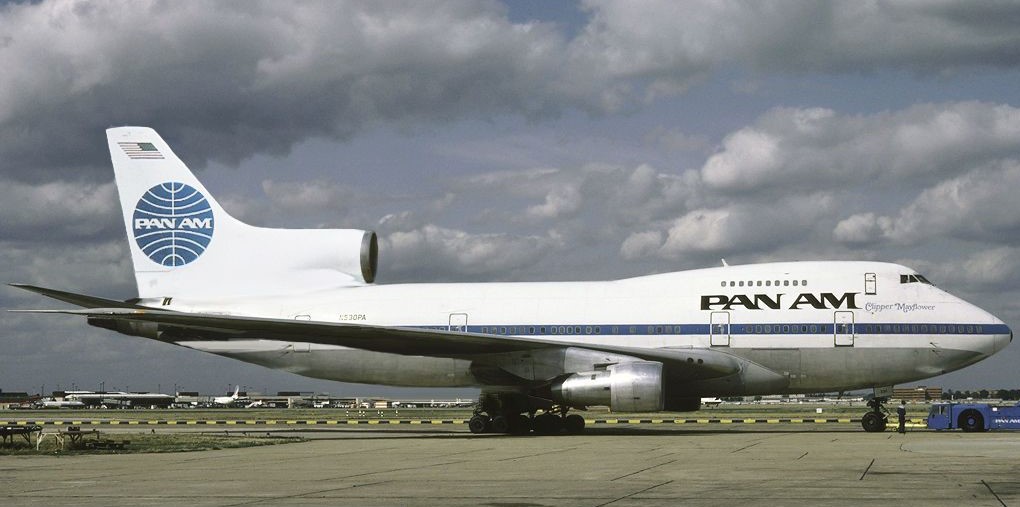The majestic four-engine Boeing 747 is known as the “Queen of the Skies” by many all around the world. But did you ever know there was a tri-jet version of the 747? Yes, a trijet! Just like a DC-10, Boeing 727, or an MD-11. It’s strange to conceive of the Boeing 747 as anything other than a four-engine icon nowadays. In the 1960s and 1970s, however, Boeing considered creating a three-engine version of the plane. This may seem strange but there was a Boeing 747-300 trijet with three engines. The Boeing 747 might arguably be the most successful airplane in history but why did the remixed tri-jet version of the very same plane fail? Let’s find out.

When Boeing started planning things out, they proposed that the trijet would have been a fraction of the length of the standard 747. And that it would rival airplanes such as the MD-11, DC-10, or the 727.
Join us on TELEGRAM for the Latest Aviation Updates fresh to your phone.



Failure
Unfortunately, things did not plan out as Boeing was hoping they would. Due to two major concerns, the idea was ultimately rejected. The first was the engineering that this new aircraft required. This new aircraft would have required a whole new wing to be designed for it to be structurally sound. This is because modern wing designs were created with two engines on each side. To eliminate the problem, Boeing eventually decided to create a new wing, yes, a new wing! The second reason for the project’s failure was the pilot training requirements. As far as pilots could tell, Boeing was striving to deliver a product that was nearly identical to its usual 747 offerings. Boeing aimed to maintain the existing handling characteristics throughout the conversion to the three-engine configuration to require little training. With two major engines on the wings and a third in the tail, this proved difficult for the firm to achieve.

Revival
The tri-jet model of the 747 was not completely abandoned by Boeing. Rather than continuing development with three engines, the manufacturer constructed a 747 with four engines, as its customary. The 747SP was given the suffix to stand for ‚Special Performance’. Boeing constructed 45 747SP aircraft, the first of which was delivered to Pan Am in 1976. Six of these planes are still flying today, according to Planespotters.net. SOFIA, which stands for “Stratospheric Observatory For Infrared Astronomy”, is arguably the most intriguing 747SP still in service. This airplane holds a flying telescope, which is accessible through a large door on the back of the aircraft that opens during flight. This plane, which was built in 1977 and is now registered as N747NA, previously served Pan Am and United Airlines before being acquired by NASA in 1997. ‘Clipper Lindbergh’ is the name given to it.

Although things did not plan out as they were intended to, the trijet did come useful in other categories. The Boeing 747 will forever be the queen of the skies no matter what. However, the trijet was set as an example for Boeing to not overdo certain things.

Sources:
- www.simpleflying.com
- Revival(Cover Photo)
You might also like:
- The rise of airlines on social media
- The Revival of Ultralongrange Flights!
- Viva Aerobus Signs MoU for 90 Airbus A321neo Aircraft
- Qatar Airways Welcomes First New Airbus A350 After Long Wait
- What Are Those Rods On The Aircraft Wing?
Discover more from Aviation for Aviators
Subscribe to get the latest posts sent to your email.


Comments are closed.